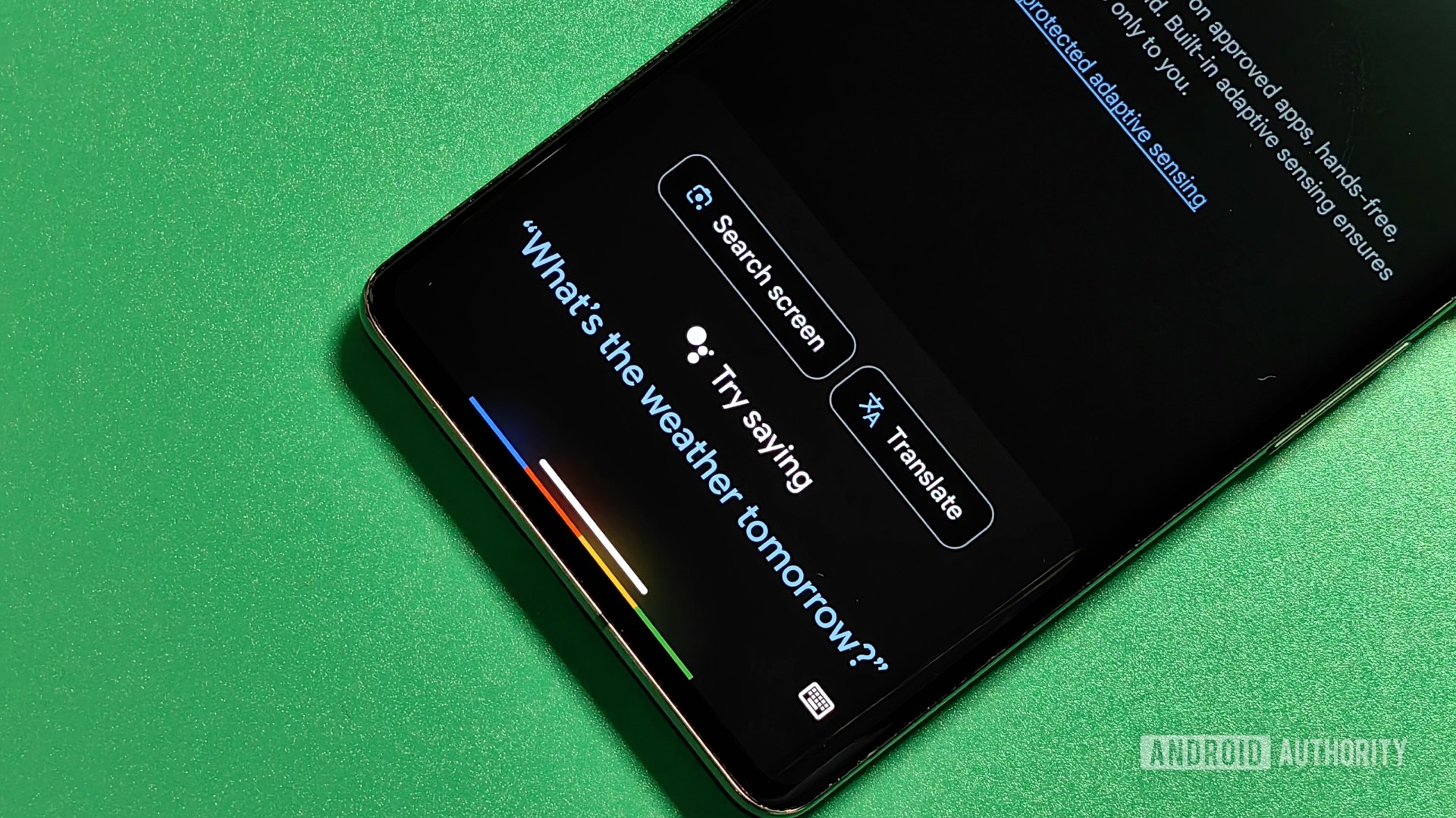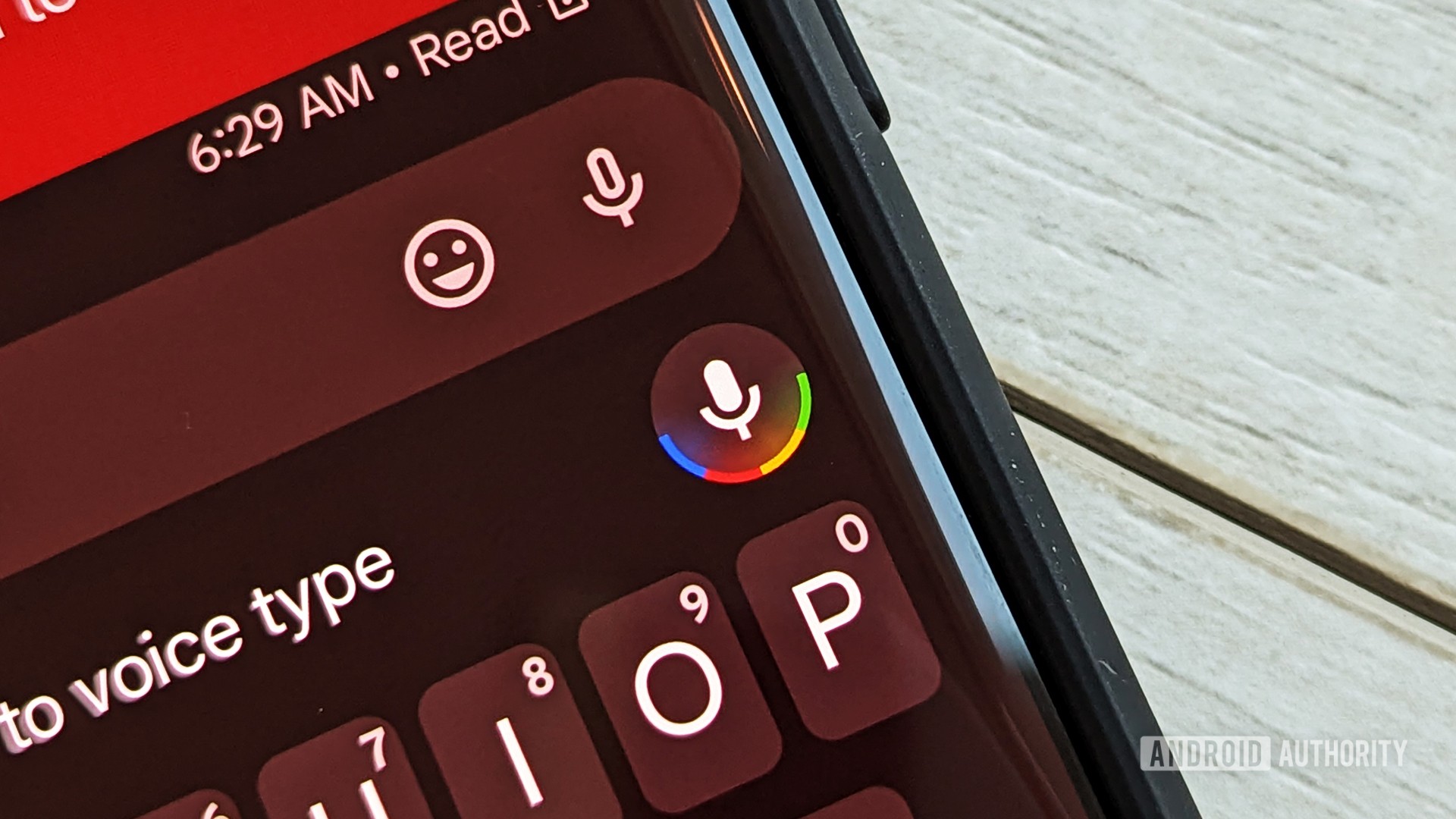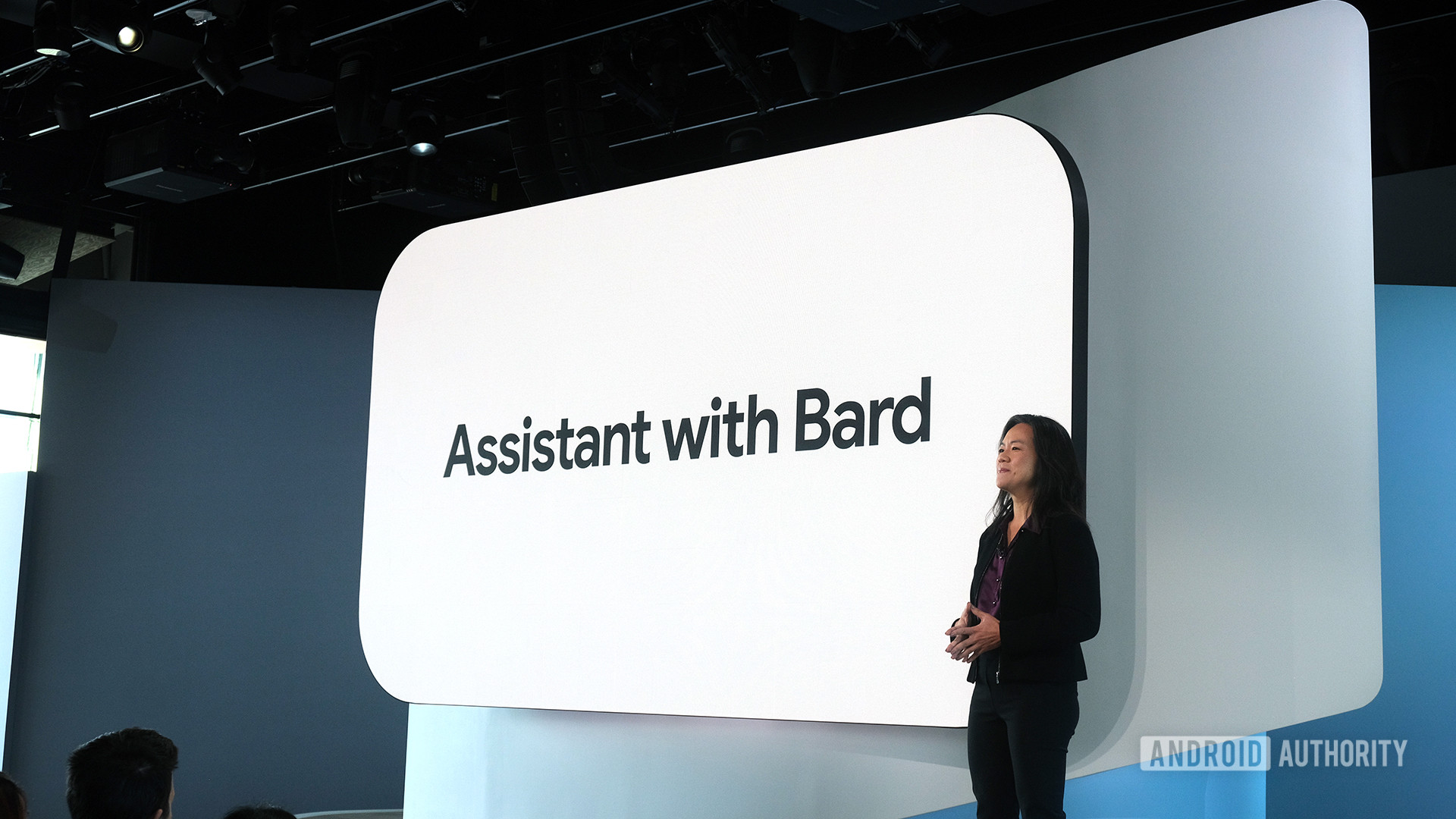After Assistant’s chaotic evolution, I can’t believe in Bard
Edgar Cervantes / Android Authority
Ever since Google announced it was removing over 20 features from Google Assistant last week, I’ve been trying to get to grips with why I’m so disappointed by this move. It’s not that any of the features were essential; I wasn’t using any of them in any substantial way, to be frank. No, it’s the announcement itself and what it means in the grand scheme of the Google Assistant story arc.
And what it means can be summed in one word: Chaos.
Chaos. Overpromising and underdelivering. Disorganized vision and unfocused strategy. Confusion for any and all existing users.
This is no way of treating consumers in 2024. Not when Apple is sitting over there, gaining momentum in the US market and becoming the first smartphone brand worldwide, all while being consistently consistent with its products and plans. Nothing Apple announces makes me dream big dreams, but everything it does makes me yearn for this kind of stability and perseverance in Google’s ecosystem.
Do you still have faith in Google’s Assistant/AI/Bard vision?
23 votes

Mishaal Rahman / Android Authority
On a purely analytical and business level, I fully understand the removal of those 20 features from Assistant. Many of them were niche use cases or duplicates, and I’m sure Google has the usage data stats to know that only an infinitesimal fraction of people were accessing them. Disabling them shouldn’t affect most of us, so good riddance, right?!
Well, yes and no. Removing them now is the right thing to do on paper (except for those poor unlucky few who were relying on these options!), but it sends the wrong message at a time when faith in Assistant is hanging by a thread.
Removing these features sends the wrong message at a time when faith in Assistant and Google’s long-term vision is hanging by a thread.
By sunsetting these features, Google has reminded us that all of these minor, duplicate, pointless features were once allowed to be developed and launched. That resources were dedicated to them, but their bugs were never fixed. That they were never developed further, embraced, properly marketed, or allowed to shine. That some product manager(s) somewhere pushed a team to get these done, got their promotion, and never looked at them again.
Essentially, last week’s news was one more example of everything that has gone wrong with Google Assistant over the years.

C. Scott Brown / Android Authority
What started as an ambitious project quickly gained momentum, enough that it swept aside one of Google’s most beloved products at the time — Google Now. After that, everything was Assistant-this and Assistant-that for a few years. Google’s vocal helper was everywhere, even in places where it shouldn’t be. It replaced Google’s voice search on our home screens, took over the driving mode in Google Maps, tried to embed itself in the keyboard, our reminders, shopping lists, phone’s ambient mode, and it — sigh — even dared supersede the power button on our Android phones!
Seriously, there was a moment not so far back when Google believed in Assistant so much that it decided to hoist it a step above the actual button that powers on and off your smartphone. I’m still not over that.
While Google went hard and fast with Assistant and then let everything linger in limbo, Apple has been slowly improving Siri.
Meanwhile, Siri was everyone’s laughing stock for years but has slowly become good. Not by gaining a million features in a day, but by steadily adding a few things at a time. Don’t underestimate stability and persistence.
In comparison, look at Google Assistant now. Over the years, almost every aspect of it was reworked, dumped, revived, rebranded, and then finally sent to the Google graveyard. Over fifty small and big Assistant features have come and gone; that’s not an exaggeration, I have the receipts. And let’s not even talk about Google’s smart home strategy, which is as disastrous as its messaging strategy.

C. Scott Brown / Android Authority
After all of this, we’re supposed to get on board with Bard?
I say this with all of the exhaustion and hopelessness of someone who has been writing about mobile tech for 16-17 years now; who has been through the Nokia, Samsung, Google, and Apple eras; and who has tried to believe in Assistant, written hundreds of articles about it, and bought Home and Nest speakers for my own home.
I just can’t get excited about Bard.
I just can’t get excited about Bard. And I can’t get excited about Assistant with Bard, Bard with Assistant, Pixie, Bard with Gemini, or whatever other branding Google ends up using (and changing a half-dozen times) when it really rolls out generative AI assistance to Android.
I can’t get excited about it because I’m becoming more and more distrustful of Google’s vision — and is there even a vision at this point? Or are we just reacting to the competition? If you remember, Google Assistant was a reaction to Apple’s Siri, while Bard is a reaction to ChatGPT. Neither of them has been an original, well-thought-out project with a clear long-term plan.
Last week’s news was another reminder of that.
Does that mean that I won’t try Bard, test it, and use it? No. Of course, I will be using it and writing about it, because that’s what I like doing. But the trust is not there. It will take more than embedding Bard in Google Messages (Allo says hi) to convince me of Bard’s future and vision. For my own usage, I’m now jumping between Bard, ChatGPT, and Microsoft CoPilot, while when Assistant launched, I didn’t use anything else. That tells you everything.
Source link
